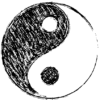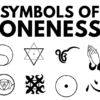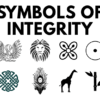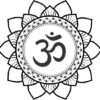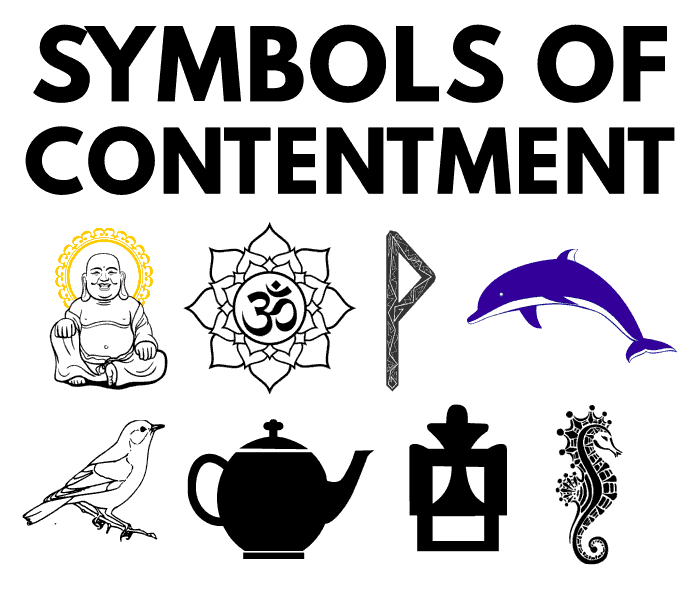
Contentment is the ultimate state of being. Lying somewhere on the edge of pleasure and peace, it’s a feeling of complete satisfaction. Contented people are happy, brimming with gratitude and joy. A genuinely contented person does not strive for change. They are fulfilled in every moment, and everything is perfect as it is.
Feeling content is a powerful virtue because when you feel content, your vibration automatically changes from one of lack to one of abundance and gratitude. It helps you let go of the past and anchor your attention and energy to the present moment. And as per the law of attraction, when you feel abundance and peace you attract more abundance and peace into your life.
Contentment is a universal concept, and we can see it reflected in symbols from many societies. These depictions characterize what contentment can look like in various forms, emphasizing the myriad ways it can manifest depending on nationality, religion, and mindset. In this article, let’s take a look at 20 symbols of contentment to see what this idea means for different people around the world.
1. Lotus Flower
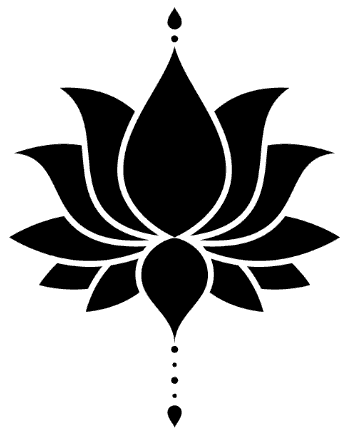
Featuring prominently in Egyptian, Hindu, and Buddhist symbolism, the lotus flower represents the ultimate state of tranquility and contentment. That is due in part to the way it grows. Lotus flowers begin their life cycle deep in swampy mud, rising up to break the water’s surface as they get bigger. Eventually they bloom with pure color, unsullied and clean even when sprouting from the muck.
The entire process is a perfect symbol for our spiritual journey towards enlightenment and true inner peace. Though we may start from murky beginnings, eventually we will grow towards the light. We can escape the muck of fear, pain, and ego to emerge joyous and contented on the other side.
2. Sparrow

The sparrow has many spiritual meanings but is most often associated with joy, peace, and contentment. In Japan, these cheerful birds symbolize the happiness that comes from friendship and humility. They are communal birds and usually live in large droves, finding that a life lived among their kin brings the best results.
For the Celtic people, sparrows symbolize the satisfaction of simplicity — since these birds need so little to survive, they represent the contentment everyone can find in living a life with less. In Jewish folklore, the sparrow sits on the tree of souls. In this myth, the sparrows are waiting for the end of the life cycle and the beginning of peace. When you see one, it means contentment is on the way.
3. Kneading Cats

A cat’s kneading is a sign that they are entirely contented and at ease. Most people feel a strong bond with their feline friend when he or she begins to knead against them. This is no surprise, as a cat’s kneading represents their trust and love for you. When they press into you, it creates a safe environment filled with your combined scents.
Kneading behavior goes back to kittenhood, when the small cat would knead against their mother while nursing. When a cat feels comfortable enough to knead a human, it is a moment of pure pleasure for them. They are in a place of extreme contentment, blissful and happy knowing that you are theirs, and they are yours.
4. Swastika

The swastika is one of the oldest symbols around, with nearly every culture on earth having some version of it. Most famous of these is the Hindus, who gave the symbol its name. Literally translated from Sanskrit as “well-being”, the swastika is the ultimate symbol of contentment. Its arms are perfectly symmetrical, representing the harmony of a well-balanced world and the happiness such a state may bring.
Each branch of the swastika can be construed to mean something different. Some say it represents the four Vedas, and others say it represents the four life goals of Dharma, Artha, Kama, and Moksha. It may also represent the four seasons, the four directions, or any other grouping of four which helps create balance in the universe.
5. Seahorse
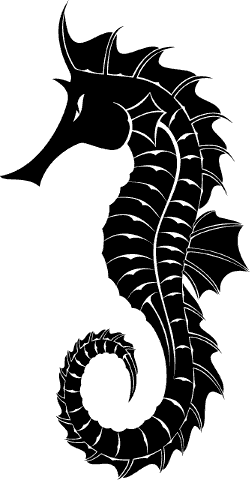
With its bright colors and fascinating shape, the seahorse is instantly recognizable. These tiny creatures are a symbol of contentment to many people, both in body and personality. The seahorse is not meant to move quickly, and you’ll rarely see it swim with haste. Instead, it is content to be where it is. It drifts along, living the life it loves beneath the waves.
We can look even further back into the seahorses’ history to discover that they have retained their unique shape for millennia. The seahorses of today are the same as the seahorses of yesteryear, with no evolution to speak of. Why hasn’t it changed? The seahorse has no need to evolve — it is already perfect, content to exist in its form forever.
6. Laughing Buddha
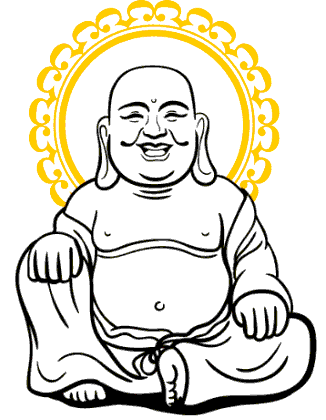
Laughing Buddha is one of the most widely-known Buddha representations, and for good reason—he brings happiness, joy, and prosperity wherever he goes. As a Bodhisattva, the Buddha is on a path to achieving spiritual enlightenment. For Buddhists, this is the highest form of contentment that exists.
The laughing Buddha is often depicted with a potbelly, symbolizing abundance and wealth. His smile represents joyful peace, and his position of repose symbolizes contentment and relaxation. The material a laughing Buddha statue is made of also holds meaning. For example, a wooden Buddha figure represents the earth and spiritual grounding, while a green jade Buddha figure symbolizes the vitality of life.
7. Goddess Santoshi
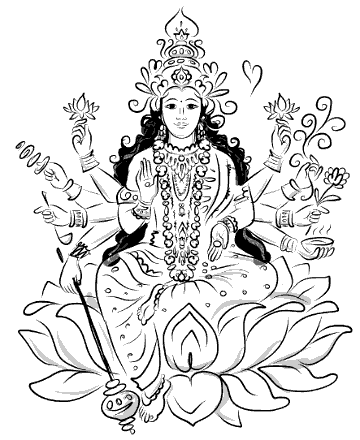
The goddess Santoshi is a special Hindu goddess of joy. Her name is translated literally as “contented or happy”, and some even call her Santoshi Mata—which means “mother of happiness”. She is said to be born of the god Ganesh, after his sons begged him for a sister. The goddess Santoshi symbolizes contentment and the tranquil path of acceptance required to reach it.
She answers prayers, brings gifts, and helps in matters of marriage and family life. While goddess Santoshi’s symbolism is strong, her origins are a bit murky. She is not widely mentioned in the Hindu scriptures. But regardless of that, this goddess remains a joyful symbol of contentment in many Hindu households.
8. Wunjo Rune

An ancient Norse symbol, the Wunjo rune represents joy and acceptance. When used in divination, it indicates a period of light and happiness after a dark time of sorrow or grief. It is the beginning of fulfillment, contentment, well-being, and peace. The Wunjo rune also has strong associations with family and community.
It can symbolize a harmonious union, a period of communal strength within a tribe, and strong relationships rooted in love and respect. The Wunjo rune helps bring contentment through togetherness and community. It helps us fulfill our desire for companionship, one of our most basic necessities.
9. Bluebird

The bluebird is a sign of happiness and contentment for almost every culture. These brightly-colored birds usually appear at the end of winter, signifying spring has come. When you see a bluebird, you know the harsh cold months are over. Winter’s icy grasp has lifted, and you can begin enjoying the fresh air and warmer weather.
Many native American tribes associate the bluebird with hope, and would hang up hollow gourds encouraging bluebirds to nest nearby. Buddhists believe the bluebird is a symbol of enlightenment, the supreme state of contentment. It’s easy to feel positive when the bluebird appears, as its chirping and beautiful coloring indicate that better times are arriving.
10. Dolphin

Dolphins are creatures of extreme empathy. Highly intelligent and creative, dolphins are one of the only animals besides humans that laugh, play, and love like we do. They take pleasure from their lives, find joy in stormy seas, and will often give you a flipper-wave if you happen to pull up alongside them in a boat.
The Chinese believe that the white dolphin is a sign from the divine that you are on the correct path. When this playful and happy creature has shown itself to you, it means you are energetically aligned. You are poised to live a contented and joyous life, just like a dolphin does.
11. Buddha
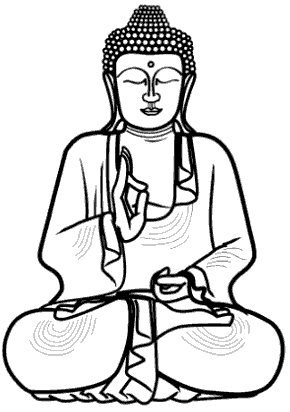
The image of Buddha in a deep meditative state represents complete contentment and acceptance of what is. When in a state of meditation, the chatter of the mind stops and along with it, stops all the egoic desires and cravings. One reaches a blissful state of existence becoming one with the cosmos. You cannot ask for anything more when you are one with the cosmos, because you become everything. This is a state of complete peace, oneness and contentment.
12. Matthiola Incana flowers
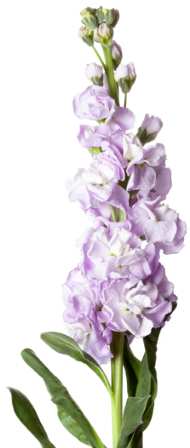
Since ancient times, the Matthiola blooms have represented happiness, joy and contentment in life. They also represent beauty, love and spiritual purity.
13. Ferdinand the bull
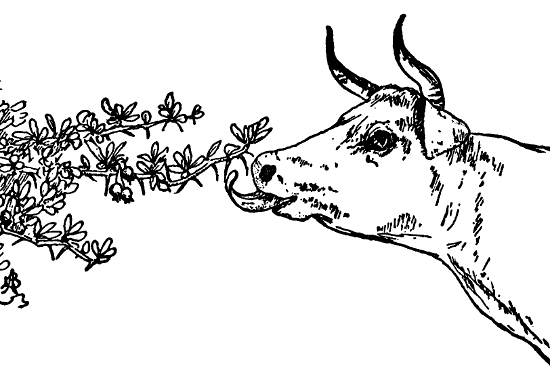
Ferdinand the bull is a character that appears in the famous children’s book ‘The Story of Ferdinand’ Written by Robert Lawson in the year 1936. Ferdinand is a bull is the epitome of contentment as it finds joy in sitting under a tree and sniffing the wild flowers instead of taking part in bullfights.
Ferdinand represents relaxation, contentment, self realization, being present, finding joy in the simple things, and living life by your own terms rather than trying to fit into predefined models of the society.
14. Winnie the Pooh
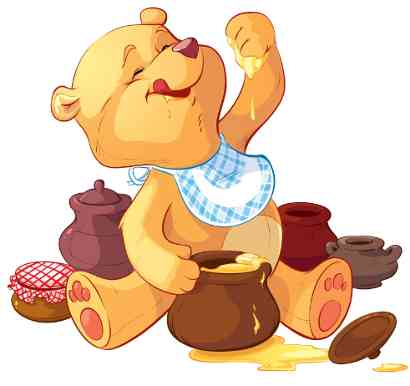
Pooh, also known as Pooh bear, is a fictional character from the popular children’s book ‘Winnie the Pooh’ written by English author A. A. Milne and illustrated by E. H. Shepard.
Pooh bear lives a simple, carefree and contented life, in harmony with nature and goes with the flow of things instead of fighting against it. He prefers keeping his mind free and open instead of subscribing to rigid beliefs and ideas. This way, pooh symbolizes contentment, friendship, love, forgiveness, reflectiveness, tranquility, gratitude, and enjoying the simple joys of life.
15. Gye W’ani

Gye W’ani is an Adinkra symbol which means to enjoy yourself and celebrate life with what you have in the here and now without worrying about the future. It encourages you to come to the present moment and live it to the fullest as everything will be taken care of. This symbol is a testimony to the abundant nature of the universe and that everything will be given to you at the right time.
16. Porcelain Teapot
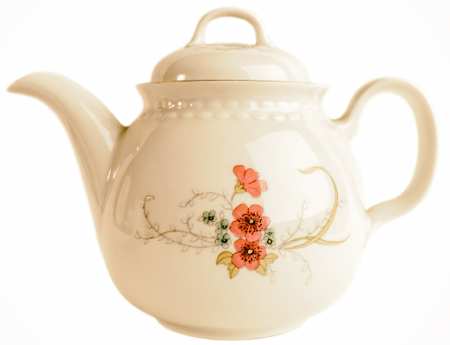
A porcelain teapot brings to mind the many moments of solitude, peace and contentment spent in silent reflection or the treasured moments spent together with another person, enjoying their company, having deep conversations, telling stories and confiding in each other. This way, the teapot is a symbol of relaxation, solitude, contentment, peace, happiness, home and friendship.
17. Santhosha
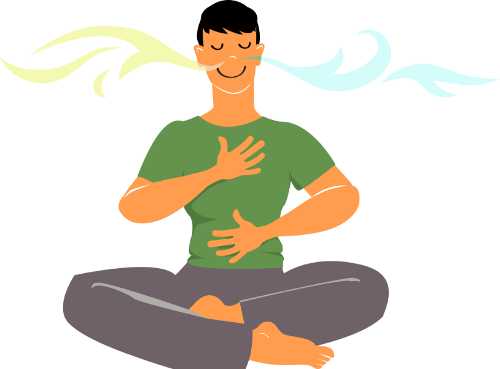
Santhosha is one of the five niyamas (or principles) of the Yogic way of life. The word itself means, ‘contentment’ or to feel gratitude for what you have, to accept yourself completely for what you are, letting go of the past, letting go of expectations and thereby living life from the place of abundance instead of from a place of lack and constant craving. When you feel content from within, you automatically attract the energy of happiness and joy from the universe.
The other four niyama are, Self purification (Shaucha), Self discipline (Tapas), Self awareness (Svadhyaya) and Self surrender (Ishvara Pranidhana).
18. Iguana

The iguana is one of the most famous lizards around. Ranging in size from just inches to over seven feet, an iguana grows to match its species, surroundings, and circumstances. In this way, it maintains balance and thrives in any environment. This teaches us humans a very important lesson. By adjusting to meet the situation at hand, we too can retain balance and stay in a steady state of contentment.
Not only is the iguana versatile, it’s also contemplative and slow-moving. It is a peaceful animal, never prone to rash actions or brazen movements. It is satisfied to sit and stay where it is, absorbing everything in its environment — a truly contented creature.
19. Citrine Crystal
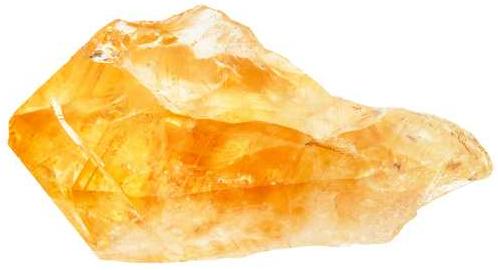
Citrine is a powerful, pale-gold crystal that helps manifest happiness and contentment. Its color symbolizes wealth, but its lighter tint suggests a subtle version of quiet abundance. Citrine is associated with life, warmth, and comfort. It is believed to open the sacral and third-eye chakras, and can be used in meditation practice to bring happiness.
Citrine helps dispel negative energies and transform them into positivity, an essential attribute for those living in constant peace. It brings prosperity to the bearer, but not necessarily money—those who identify with citrine most likely find themselves spiritually abundant rather than financially.
20. Amethyst Crystal
![]()
Amethyst is a beautiful purple stone that is also associated with the third-eye chakra. This makes it very beneficial for spiritual connection and meditation. Amethyst is known to bring clarity, peace, and stability to those who use it regularly in their practice.
Amethyst helps retain a balanced state, which is vital to living a life of contentment. Rather than vibrant bursts of energy and frantic joy, amethyst is an introspective crystal which focuses on the self. It emphasizes contentment as a lifestyle through small pleasures and the routine of daily activity.
Conclusion
Remember, the path to contentment is a process. It is not linear, rather a diligent progression towards peace through changing one’s way of thinking. Along this path, you may have moments of contentment. Even though they may not last forever, they are a sign that you are on the right track.
To help you on your journey, bring some of these symbols into your home. Images of contentment can infuse your space with well-being, helping you live a happier and more contented life.


